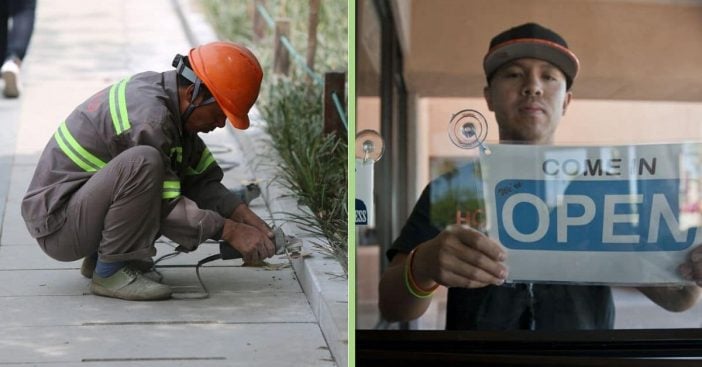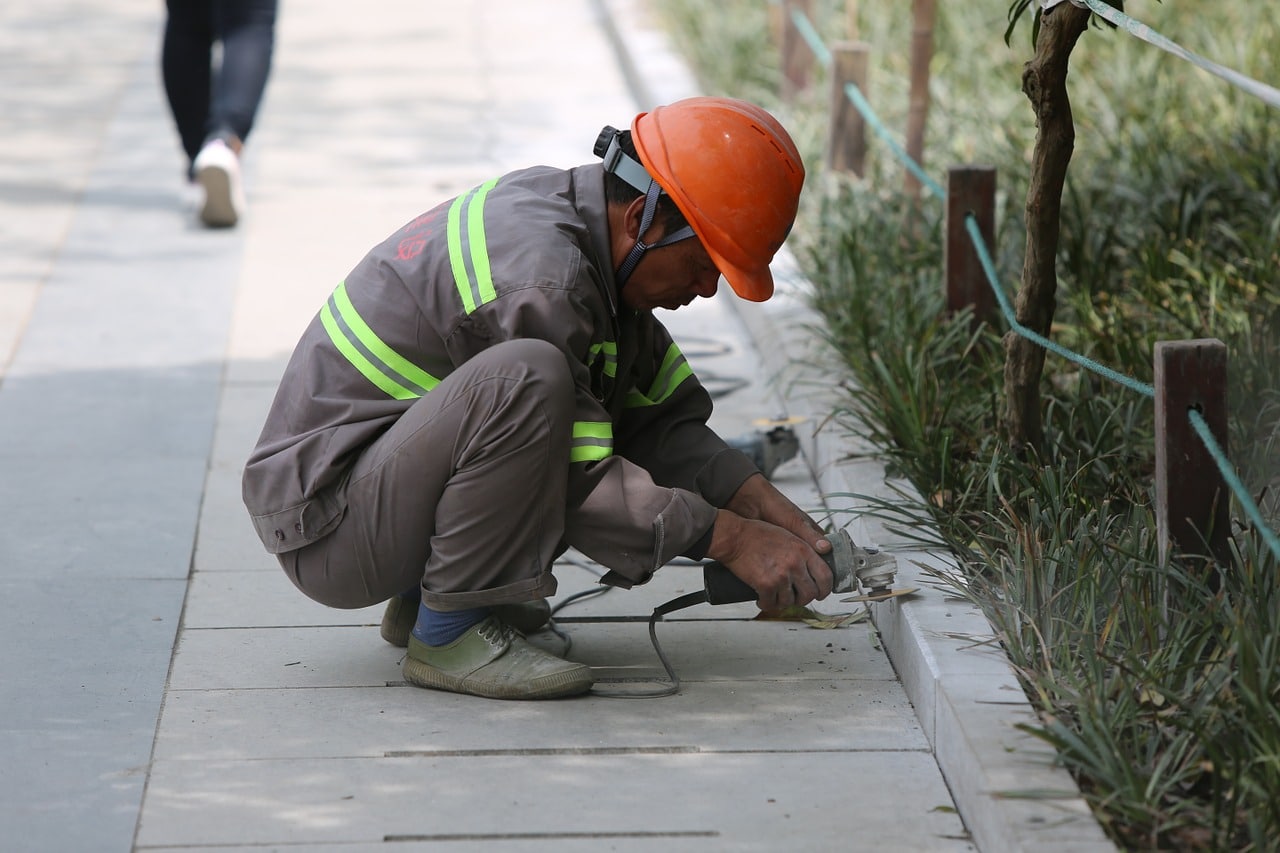
6. Sales workers

Laid off: 18%
Reduced hours: 36%
Reduced pay: 46%
Many state and local governments closed nonessential stores when the coronavirus first hit. This meant that anyone working in sales was without work and potentially forced to file unemployment for some kind of supplemental income.
7. Manufacturing or production workers

Laid off: 15%
Reduced hours: 32%
Reduced pay: 36%
Reports state that those in manufacturing jobs tend to stay with their employer rather than those in private-sector industries.
8. Installation, maintenance, or repair workers

Laid off: 14%
Reduced hours: 32%
Reduced pay: 32%
Due to the fact that people in these jobs need to report on-site for their work, many of these jobs were suspended, especially during the peak of the pandemic.
9. Health care workers

Laid off: 13%
Reduced hours: 31%
Reduced pay: 32%
Even though healthcare workers have been facing the front lines of this pandemic, the field has still been struggling. Many healthcare workers lost their jobs as some healthcare facilities have suspended elective medical procedures.
10. Clerical or office workers

Laid off: 11%
Reduced hours: 21%
Reduced pay: 22%
While some office workers have gotten lucky enough to be able to work from home, others have not been so lucky. Some people have had to endure limited work hours or even layoffs.
We hope that more and more businesses are able to return back to normalcy as states continue reopening procedures.
